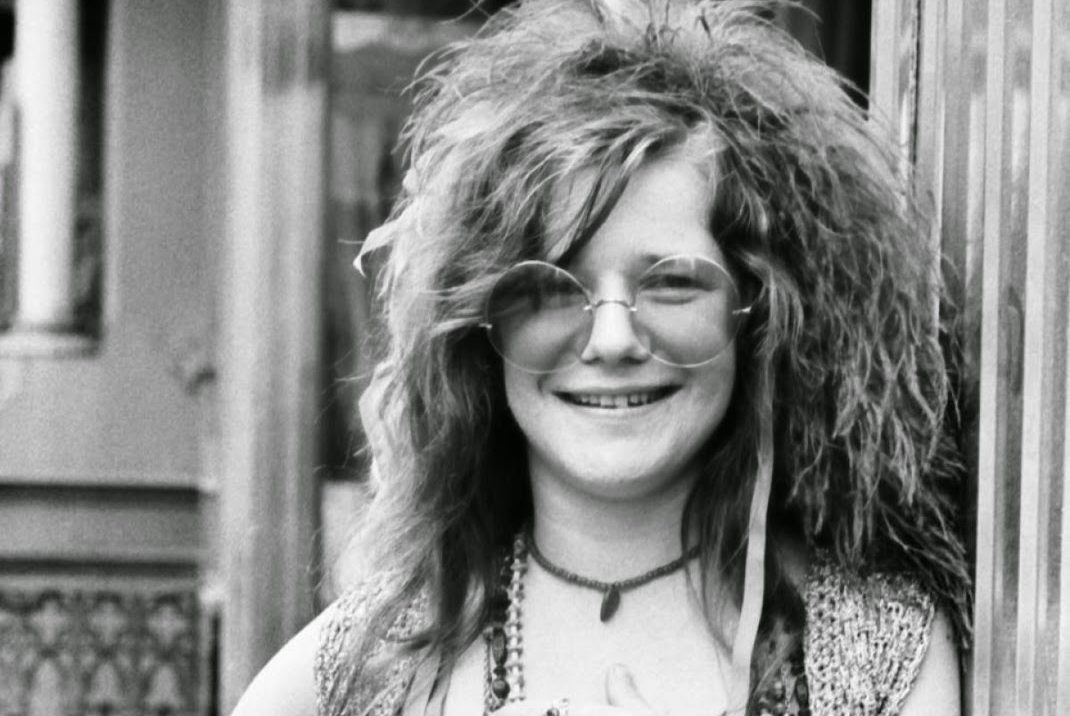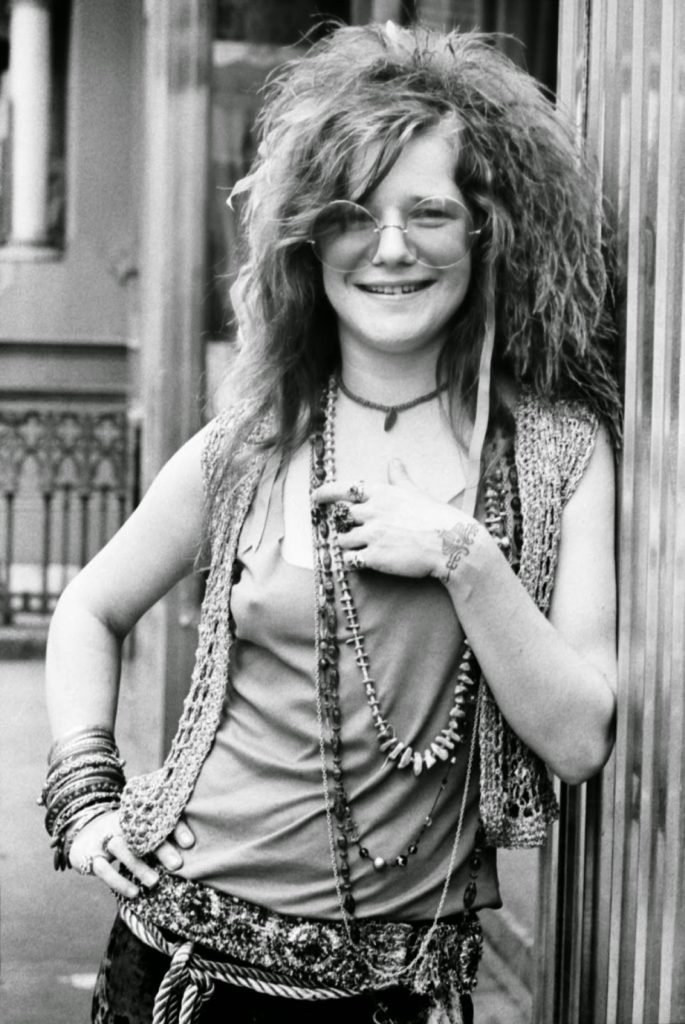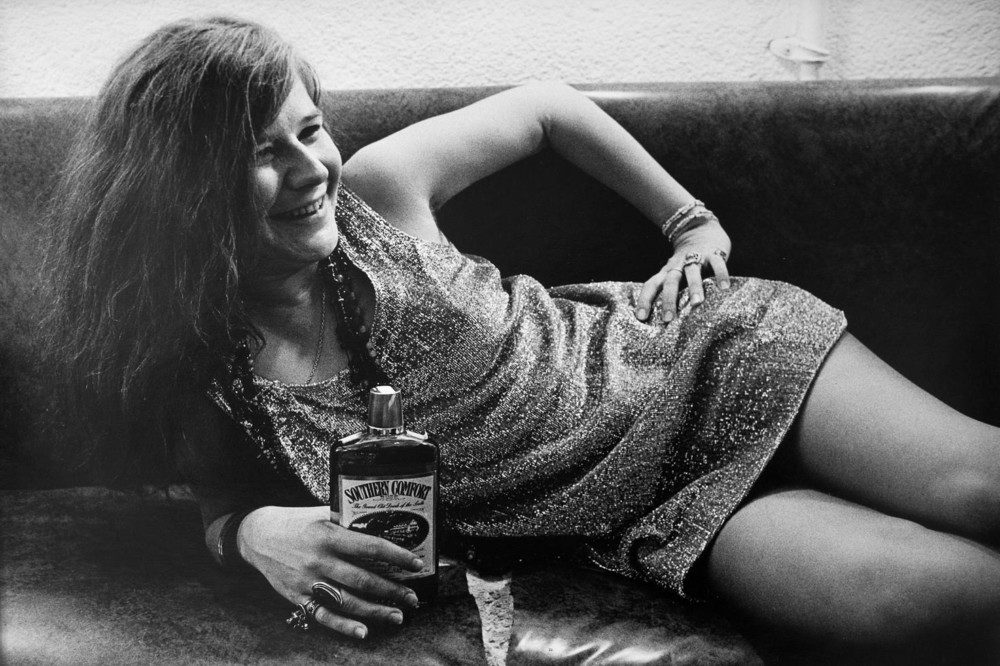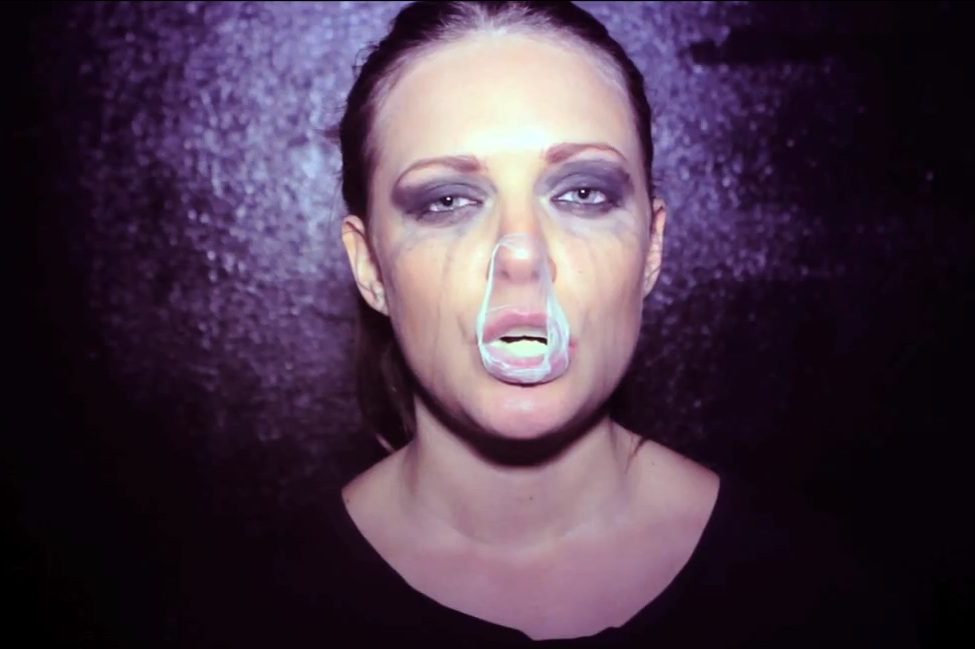Janis Joplin: 10 Memorable Moments


On October 3, 1970, Janis Joplin was in the recording studio where work was proceeding on her next album, Pearl, dancing around the control room in delight as she listened to her band lay down the backing track for a song by her friend, Nick Gravenites, “Buried Alive in the Blues.” She planned to record her vocal the next day. Instead, in the early morning hours of October 4, she died of a heroin overdose. She was 27 years old.
It was a sudden and shocking end to a groundbreaking career. Joplin was the first solo female rock ‘n’ roll star, gifted with a powerful voice that put her in a class of her own. Her recording career only spanned four albums, but there was no shortage of songs that became instant classics: “Ball and Chain;” “Try;” “Me and Bobby McGee” among others. Had she lived, Joplin would be 77 years old, undoubtedly having added more classic tracks to that list. But the legacy she left behind reveals a much richer catalogue beyond her best known work. Here’s a selection of songs that chronicle her development as one of the most compelling performers in rock.
“What Good Can Drinkin’ Do?” 1962
Joplin enrolled at the University of Texas (UT) in Austin, in June 1962, but she spent more time working on music than attending classes. She joined folk group the Waller Creek Boys, and also began working on her own material. She recorded one of her first compositions at a friend’s home, accompanying herself on autoharp as she sang this cautionary tale about the pitfalls of over indulgence. The blues influence is obvious, but it’s also poignant in its recognition of the problems of substance abuse, something Joplin would struggle with all of her life.
“Sad To Be Alone” 1962
Another song Joplin is said to have written during her time at UT is the heartbreaking “So Sad to Be Alone.” It’s a remarkable number, with Joplin, again accompanying herself on autoharp, dropping the tough, gruff persona she used for protection, and laying bare her vulnerability and her pain. It’s not the rasp of the blues shouter she would become, but the simple, clear voice she used when she sang in church or the with the school glee club. It’s a side of Joplin most people didn’t get to experience.
“Mary Jane” 1964
While living in San Francisco in 1964, Joplin worked briefly with jazz musician Dick Oxtot, recording four songs with his band. One song was a Joplin original: “Mary Jane.” It’s a humorous number, based on the double meaning of Mary Jane being both a woman’s name and a slang term for marijuana; though a man may let you down, Joplin sings with a wink, you can always count on Mary Jane. It also shows how easily Joplin could’ve pursued quite a different musical direction than rock ‘n’ roll.
“Down On Me,” Come Up the Years, April 25, 1967
Big Brother & the Holding Company was Joplin’s first band. Two months before their landmark appearance at the Monterey Pop festival, the band taped a short set for a local program, Come Up the Years, which aired on San Francisco station KQED. “Down on Me” was a gospel number that the group secularized “so it would sell to the general public,” as one of the band’s guitarists, Sam Andrew, explained. New lyrics played down the spiritual aspects, but a gospel fervor is still evident in Joplin’s voice.
“Ball and Chain,” Monterey Pop festival, June 18, 1967
Monterey Pop was the festival that drew national attention for Big Brother, and Joplin in particular. The band first performed on June 17, but their manager at the time refused to let the documentary film crew shoot them. Big Brother generated such excitement, they were asked to perform again on June 18, and this time, the cameras were allowed to roll. The main point was to capture the stunning set closer, “Ball and Chain.” Joplin’s immersion in the song is clear, from the way her feet jump up and down in her shoes, to how she throws her head back and shuts her eyes when she hits a high note. While the June 18 performance made it into the Monterey Pop film, the June 17 performance was later released on The Monterey International Pop Festival box set. Fans have been debating which is the best performance ever since.
“Maybe,” The Ed Sullivan Show, March 16, 1969
The Ed Sullivan Show was the most important variety show of its era, and Joplin was determined to make the most of her appearance. She turns the Chantels’ girl group hit “Maybe” into a slow burning number of white-hot intensity, a song of desperate yearning, of dreams that may never be fulfilled. Yet there’s a control in Joplin’s delivery as well; she takes her passion right to the edge, but never goes over.
“Try,” Music Scene, September 11, 1969
Music Scene was a short-lived program that spotlighted current hit acts. In contrast to the more formal theatrical setting used on other TV shows, Music Scene used a concert-style style set up, with a catwalk extending into the audience, putting Joplin right in the center of the crowd. The audience was also noticeably younger, and the sound mix was good. And Joplin can’t resist taking advantage of the extra room available to her, moving up and down the catwalk as she grooves to the music, making this one of her most engaging TV performances.
“Little Girl Blue” and “Raise Your Hand,” This Is Tom Jones, September 21, 1969
Joplin’s two songs on This Is Tom Jones couldn’t be more different in style and tone, illustrating her versatility as a performer. She rejected the set ideas for “Little Girl Blue” (from the musical Jumbo), which would have had her walking through a makeshift garden, complete with a trellis archway. “I cannot walk through plastic raindrops singing my songs,” she announced, instead opting to sing in front of a white scrim, standing at the mic like a torch singer. It’s a performance of great delicacy; interestingly, Joplin dispensed with the song’s original final verse, giving it a sadder ending.
The rousing “Raise Your Hand” had been in Joplin’s set for some time and proved to be a great crowd favorite. And in Tom Jones, Joplin found the perfect sparring partner. The set was arranged like a nightclub, couples sitting at tables or on the dance floor, with Joplin and Jones in the middle of it all. The two are electrifying together, as they trade vocals and dance, begging the question as to why they didn’t work together again.
“Mercedes Benz,” August 8, 1970
On August 8, 1970, Joplin was hanging out at a Port Chester, New York, bar called Vashen’s, prior to her show that night at the nearby Capitol Theatre. To pass the time, she wrote a song based on a line from a piece by poet Michael McClure: “Oh Lord, won’t you buy me a Mercedes Benz?” Though it wasn’t quite complete, she performed it that night, introducing it as “a song of great social significance.” Just under two months later, on October 1, while recording Pearl, she again broke into the song while the studio’s main tape deck was being repaired. Fortunately, a quarter-inch safety reel was running throughout the sessions as a back-up, capturing the performance. It was the last vocal Joplin would ever record.
“Me and Bobby McGee,” demo version, 1970
Joplin first heard “Me and Bobby McGee” when her friend Bobby Neuwirth played it for her on his guitar. The song was written by Kris Kristofferson, an up-and-coming singer/songwriter then based in Nashville, and had previously been recorded by country singer Roger Miller. Joplin immediately fell in love with it, and first performed it at a December 16, 1969, concert at the Nashville Fairground Coliseum. When she recorded it for Pearl, she was returning to her own country roots, bringing her singing career full circle. “Bobby McGee” might have started out as Kristofferson’s song, but, as she did with so many recordings, Joplin made it her own.




